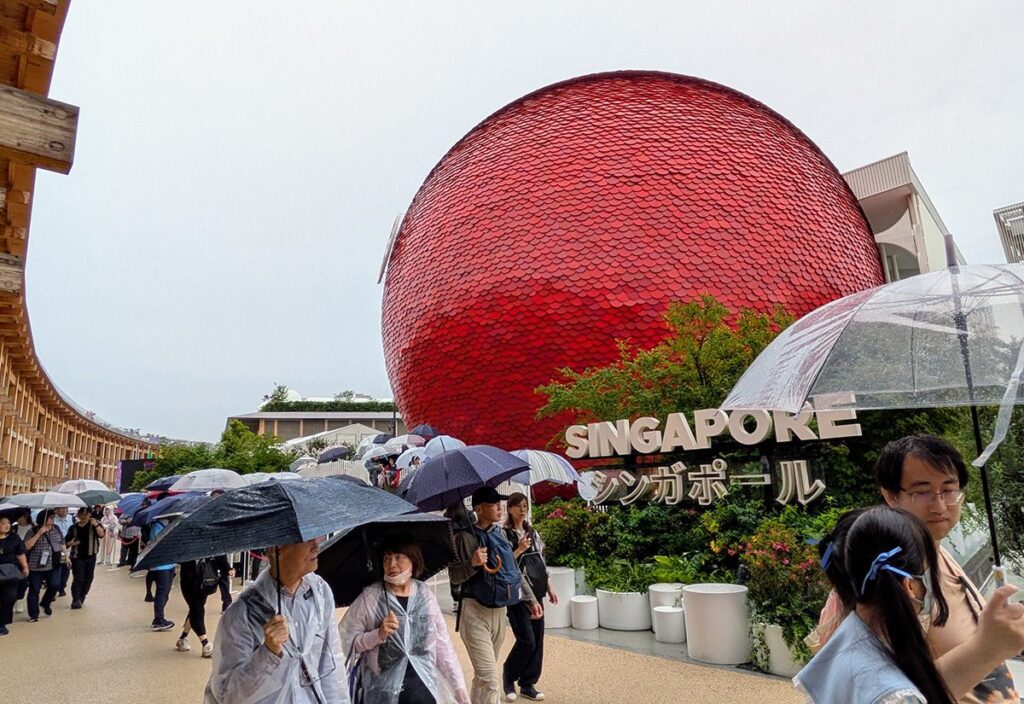If you happened to doze off 15 years ago and have just now begun to stir, not to worry. You didn’t miss much. Except for one teensy development that might just be a life-or-death matter for the entire marketing communications industry.
Otherwise, little of real consequence has transpired. Oh sure, we have e-mail and computerized layouts now. Also, media has progressed to the point where we can actually enjoy our ads one-on-one while in the biffy — giving new definition to the notion of multi-tasking.
That’s about it. The dot-com revolution came and went while you were out, so you can join us for the next chapter of that story. Promotion is still viewed as a sleazy vocation: in fact, nobody actually admits to being a “promotion agency” anymore. Sweepstakes continue to proliferate faster than copycat crimes, with about the same redeeming value. Oh yeah, and branding remains the rage, despite the rampant decline of brand loyalty.
As Rip Van Winkle discovered, life may look a little different but the soul of the industry is essentially unchanged. It’s as though our heads are stuck in the ‘60’s — that glorious era when “brands” were truly an important part of daily living. When it was a weighty matter to decide between Dreft and Ivory, between Pabst and Schlitz, or between Viceroy and Tareyton. When people would rather, so we were told, “fight than switch.”
We daydream about the days when three TV commercials reached 90 percent of American women. Warm that memory is, because life was good then: Martini lunches. Exotic location shoots. One-hour media planning. It was a fine time to doze off and eschew progress.
Enter the nightmare: Imagine our horror to awake to the discovery that it now takes not three, but 97 spots to reach the same 90 percent of women. And that those women are now too enlightened to succumb to “brand promise.” That brand equity alone doesn’t cut it any more.
It gets worse
The intermediary, a.k.a. the distribution channel, is now a life-threatening barrier between most brands and their intended consumers. CPG retailers control more than 60 percent of spending in most categories, and have unprecedented impact on how consumers consider and buy brands. Accordingly, Cannondale Associates reports that consumer promotion spending has declined from 24 percent to 15 percent of marketing budgets in just the last five years.
What’s needed is a new, more-accountable definition of brand equity. Remarkably, that is indeed what is happening. While we’ve been daydreaming, a new breed of do-ers has emerged from the woods. Hatched in the pond scum of account-specific marketing and nurtured with the pap of menu marketing, these people are emerging as champions of brand/channel co-marketing. Or collaborative marketing, if you will.
Make no mistake, these savvy marketers and their agencies are making waves. Listen to Jon Kramer, ceo of Stamford-based J. Brown/LMC: “Our commitment is to action equity: marketing communication that can build brand equity and at the same time generate next-day business.”
Whoa! That’s nervy. But truth be known, leading marketers are discovering that communicating brand equity through retailers may have become the most efficient and effective way to drive brand relevancy. Yipes!
So that’s what has changed. We might all be well advised to wake up to this new understanding of brand marketing. Because if our industry continues to nap like Rip, we will be doomed to R.I.P.
That’s the truth.
 Network
Network

